| February 1927 | Started business as a private proprietorship in Ono-cho, Ibi-gun, Gifu Prefecture | 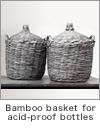 |
|---|---|---|
| October 1942 | Original office relocated to Godo-cho, Anpachi-gun, Gifu Prefecture | |
| February 1948 | The organization changed to a joint-stock company | |
| January 1950 | Construction began for the Kumamoto Plant, which started its operation in July | |
| May 1957 | Incorporated as Kodama Basket Manufacturing Co., Ltd | 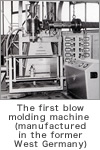 |
| June 1964 | Construction began for the main plastic molding plant, which started its operation in October | |
| December 1968 | Construction began for a plastic molding plant in the Kumamoto Plant, which started its operation in July the following year | |
| May 1969 | Company name changed from Kodama Basket Manufacturing Co., Ltd to KODAMA PLASTICS Co., Ltd. | |
| March 1972 | Construction began for the Yokoi Plant, which started its operation in November | 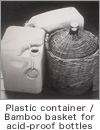 |
| 1975 | Development and commercialization of the rigid liners for the composite drums | |
| 1977 | Development and commercialization of agricultural chemical tanks (product name: TAMALORRY) | |
| 1979 | Development and commercialization of solar water heaters (hot water container) | |
| February 1980 | Entered into license agreement with MAUSER (Germany) | 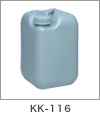 |
| July 1980 | Construction begun for the Tochigi Plant, which started its operation in May the following year | |
| 1981 | Development and commercialization of garbage compost containers (product name: GOMIKIERU) | |
| 1984 | Development and commercialization of empty glass bottle collection containers (product name: empty glass bottle post) | |
| 1985 | Development and commercialization of large-size garbage collection containers (product name: POISTAR) | |
| 1987 | Development and commercialization of seedbed transporting racks | |
| March 1987 | Sign an exclusive contract with MAUSER (Germany) on manufacturing, manufacturing equipment, and sales of open-top and tight head drums. | 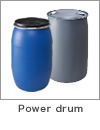 |
| 1988 | Development and commercialization of portable toilets | |
| 1989 | Development and commercialization of grain storage tanks (product name: grain bank) | |
| 1990 | Obtained UN certification (achieved by complying with the rules and regulations of the United Nations, International Maritime Organization) | |
| August 1995 | Obtained ISO9002 certification (Head Office Plant / Yokoi Plant) | |
| December 1995 | Construction began for the Ikeda Plant (Ultra Clean Plant), which started its operation in September the following year | 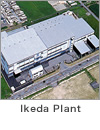 |
| October 1996 | Kumamoto Plant obtained ISO9002 certification | |
| January 1997 | Tochigi Plant obtained ISO9002 certification | |
| April 1997 | Manufacturing and sales began for IBC (Intermediate Bulk Container, product name: Power Tote) under the license agreement with MAUSER (Germany) | |
| 1998 | Expansion and consolidation of ISO9002 (revised) | |
| 2001 | Development and commercialization of rainwater utilization tanks | |
| May 2001 | The second phase plant expansion of the Ikeda Plant | |
| August 2002 | Change of certification from ISO9002 to ISO9001 | |
| February 2004 | Obtained ISO14001 certification | |
| May 2004 | Manufacturing and sales began for IBC mid-size compound vessels (product name: Power Tote P) under the license agreement with FUSTIPLAST (Italy) | 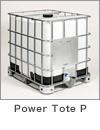 |
| November 2005 | Tochigi Plant completion of IBC production line, production of Power Tote P began | |
| January 2007 | The third phase plant expansion of the Ikeda Plant | |
| April 2010 | Obtained UN certification for Japan's lightest tight-head drum 8.5 kg (PL200JW) | 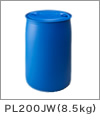 |
| January 2011 | Activity began for obtaining OHSAS1800 |
Top page > Corporate information > Corporate history

